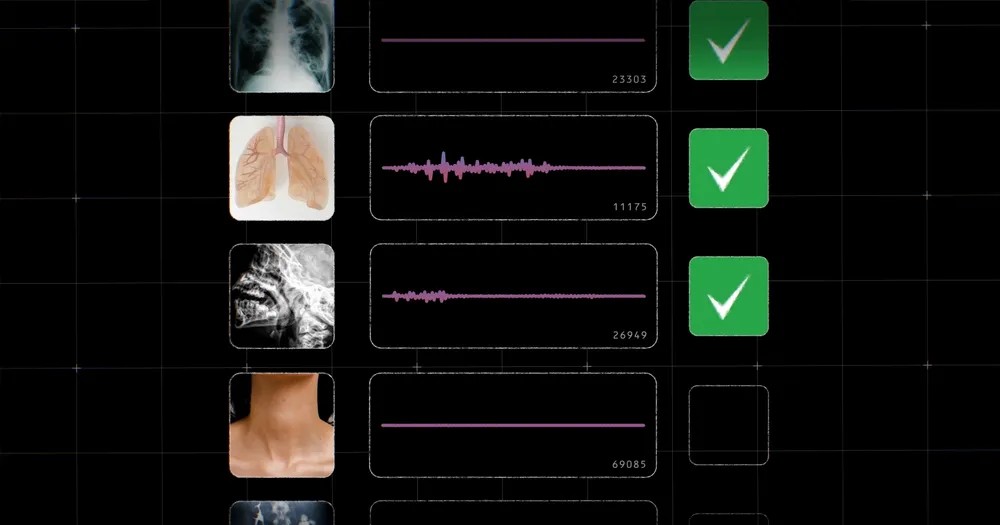AI model helping researchers detect disease based on coughs

Artificial intelligence is transforming the healthcare landscape, offering new ways to diagnose and manage diseases. One of the most innovative developments in this field is the use of AI to analyze the sounds our bodies make, such as coughs, speech, and even breath.
Google's latest contribution to this area is the Health Acoustic Representations (HeAR) model, which aims to leverage bioacoustic data to detect early signs of diseases. This groundbreaking model is already being explored by healthcare companies like Salcit Technologies in India to enhance the early detection of tuberculosis (TB).
How does it work?
The HeAR model is designed to listen to and analyze human sounds, discerning subtle patterns that may indicate health issues. Trained on a vast dataset of 300 million audio samples, including 100 million cough sounds, HeAR has demonstrated superior ability in capturing meaningful patterns from acoustic data. This allows researchers to build AI models that can accurately flag potential health concerns.
One of the key advantages of HeAR is its ability to achieve high performance with less training data, a critical factor in healthcare research where data can often be scarce. By generalizing across different types of microphones, HeAR ensures that the analysis remains consistent and reliable.
Why does it matter?
The potential of HeAR to revolutionize disease detection is immense, particularly in regions where access to healthcare is limited. Tuberculosis, for example, is a treatable disease, yet millions of cases go undiagnosed each year due to the lack of accessible diagnostic tools.
By integrating HeAR into AI-driven products like Swaasa — a respiratory health assessment tool from Salcit Technologies — healthcare providers can significantly improve early detection rates. This could lead to timely treatment and potentially save millions of lives.
As Sujay Kakarmath from Google Research noted, "Every missed case of tuberculosis is a tragedy; every late diagnosis, a heartbreak."
The context
The application of AI in healthcare is gaining momentum, particularly in low-resource settings where traditional diagnostic tools are often unavailable. The StopTB Partnership, a United Nations-hosted organization, recognizes the potential of AI models like HeAR to make a substantial impact in the fight against TB.
The organization's digital health specialist, Zhi Zhen Qin, emphasized that "Solutions like HeAR will enable AI-powered acoustic analysis to break new ground in tuberculosis screening and detection, offering a potentially low-impact, accessible tool to those who need it most."
HeAR is more than just a technological advancement; it represents a significant step forward in making healthcare more accessible and effective, especially in underserved communities. Researchers interested in leveraging this model can explore its capabilities further by requesting access to the HeAR API, contributing to the ongoing efforts to improve global health outcomes.
💡Did you know?
You can take your DHArab experience to the next level with our Premium Membership.👉 Click here to learn more
🛠️Featured tool
 Easy-Peasy
Easy-Peasy
An all-in-one AI tool offering the ability to build no-code AI Bots, create articles & social media posts, convert text into natural speech in 40+ languages, create and edit images, generate videos, and more.
👉 Click here to learn more


